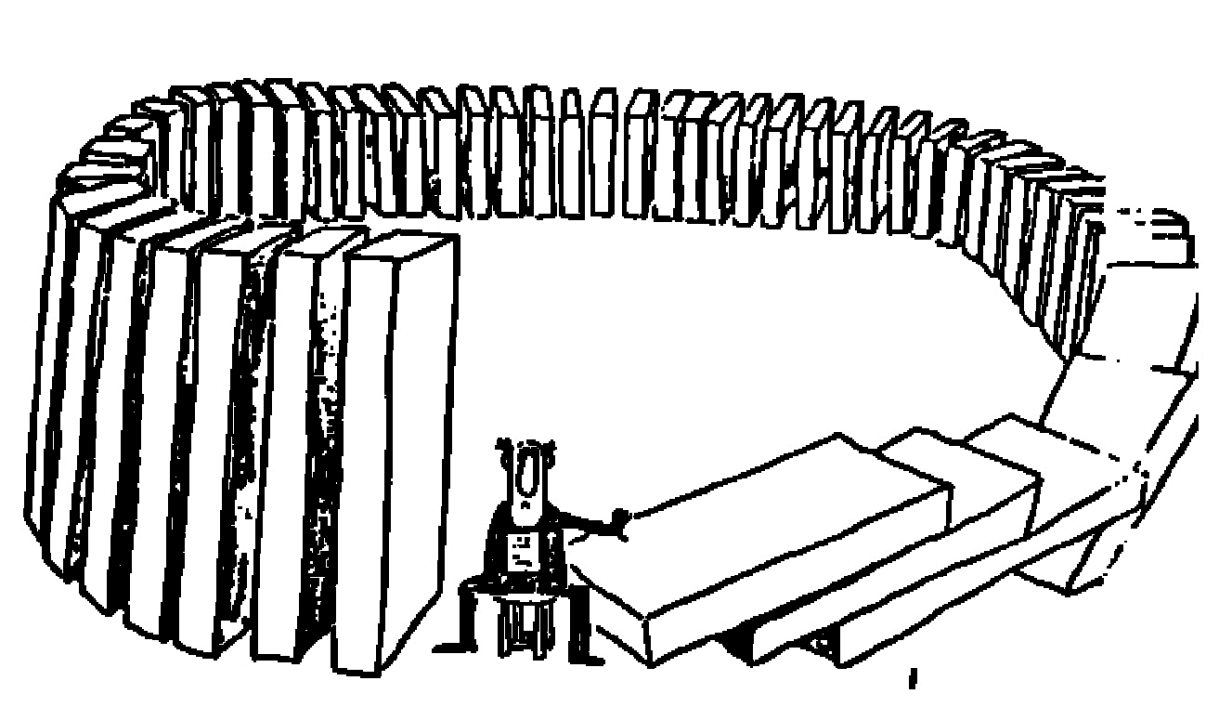THE BROKEN HEART IS A DOMINO
Trauma has a context
Whenever there is an act of transgression, whether conscious or unconscious – there is a movement for one, to impose, subtract or subdue in relation to another. There is an obvious wounding to the victim, but less obvious, is the self inflicted copy-paste, into the perpetrator.
People often come for craniosacral therapy to help address the downstream effects of some kind of past trauma. It’s important to address individual circumstances of course, but all of our personal trauma histories, exist within a larger context of emotional wounding that has been passed down through generations and across societies and time.
So my own experience being parented a father with a suppressed capacity to communicate emotion and connection, should be seen in the context of him being raised by a man who had survived the horrors of the Somme and returned home I imagine, with little space for joy and love.
The breaking of hearts
This is a familiar story. A man returning from war never again to ‘speak of it’. So the heart was closed, and the broken heart of the father closes the heart of the son.
And how on earth did my poor grandfather find himself on a battlefield in the middle of an insane world war? Because the effect of collective wounding of whole societies meant that the one, failed to see the humanity in the other.
And so the ‘heart habit’ of closing and then breaking, passes down through the generations and across communities. The ‘not speaking’ becomes a cultural trap that binds grief to the individual.
We keep our pain to ourselves
The culture of individualism is likewise a self-perpetuating, product and cause of harm. We are schooled to keep our pain and grief to ourselves. We don’t want to feel it and we don’t want to show it. We have somehow attached shame to wounding, so we keep ourselves to ourselves.
We need a social container
But this is not how we heal. Our biology and psychology dictates that we need other people to process. We need a social vessel to contain and hold us with love, whilst we feel the truth of what we need to feel and be witnessed. This is how we begin the great unbinding – of ourselves and the world.
And this is part of the work of cranioscaral therapy. We first learn to get quiet and listen and then we go about building a therapeutic relationship that can facilitate the witnessing and holding that we need. But also to help build a baseline resilience to do this demanding work.
And this is difficult stuff. At the beginning of my own journey it felt impossible really – I would close my eyes, go inside, and feel nothing at all. But with practice and patience this work melts the frozen and grief stricken parts of us, and the river of our lives can flow again to it’s hearts content.
If this post resonates, please get in touch.
